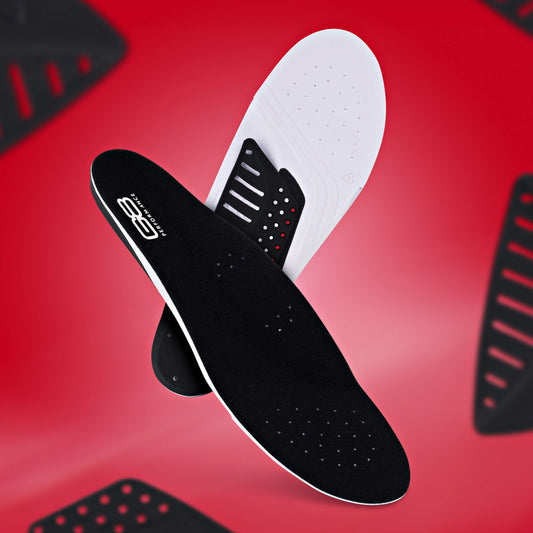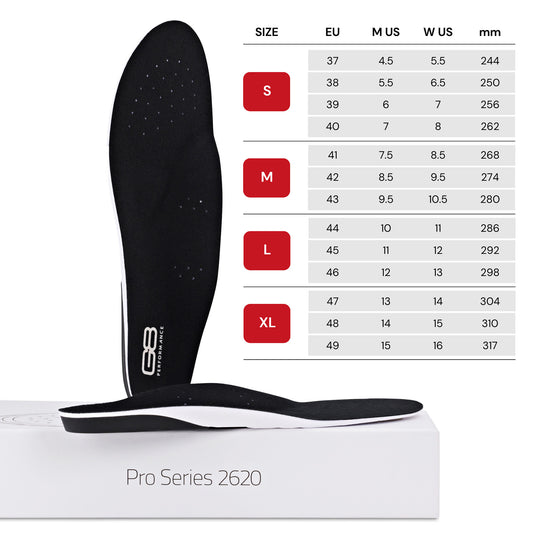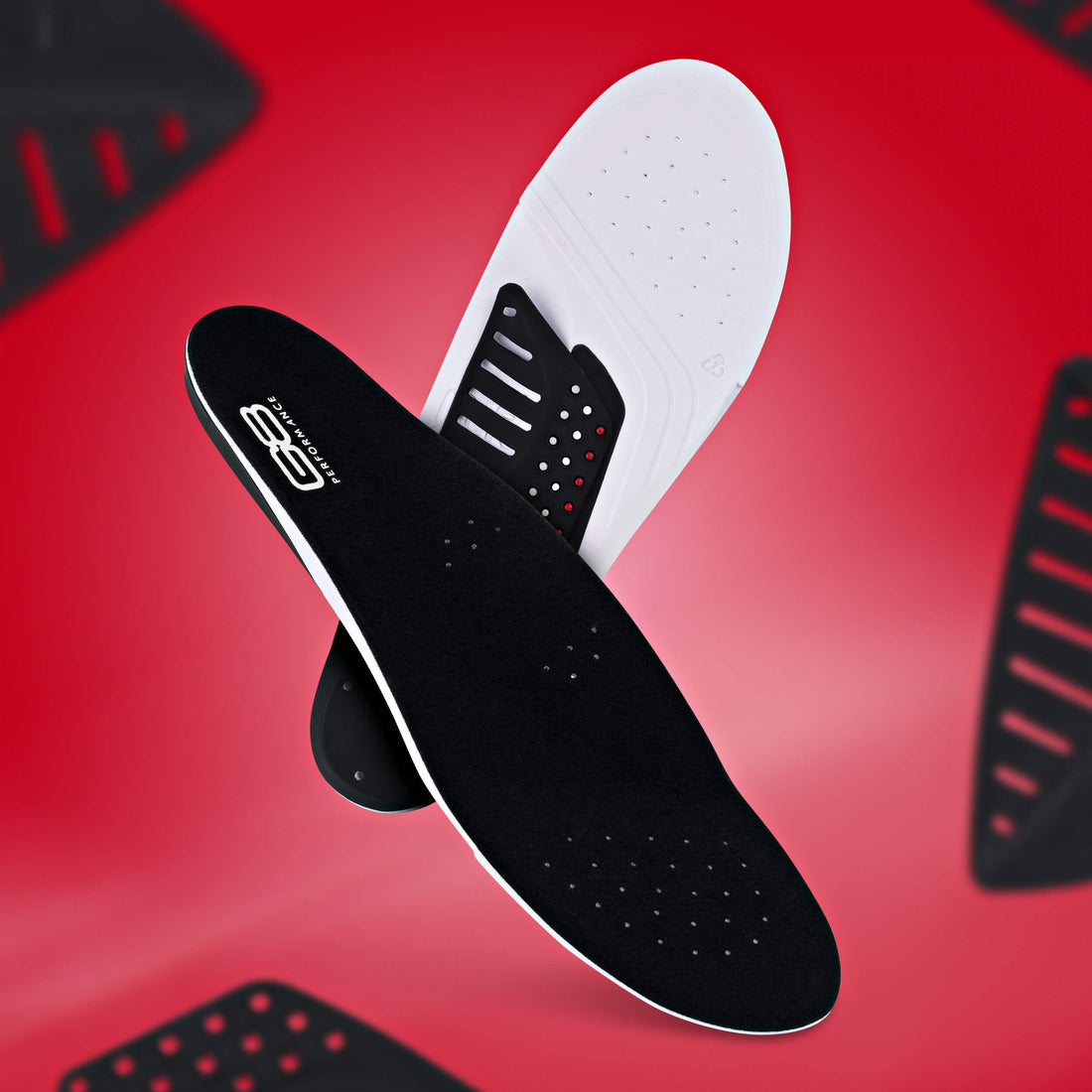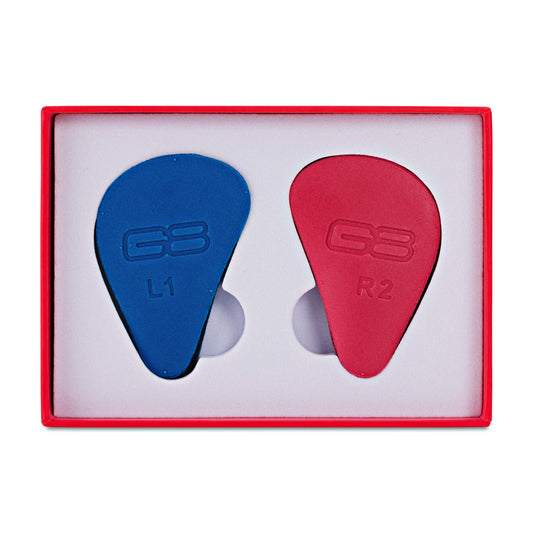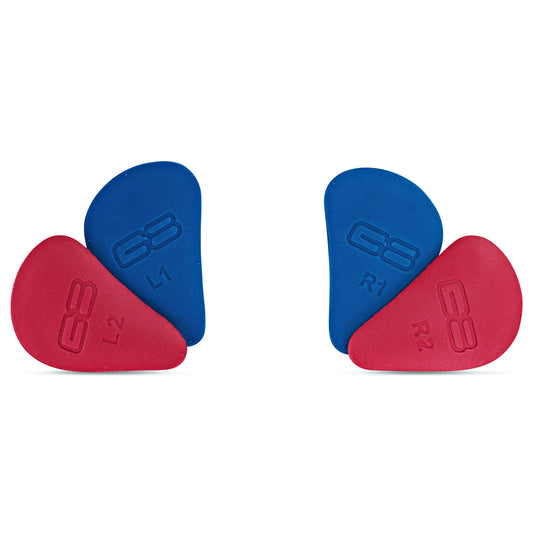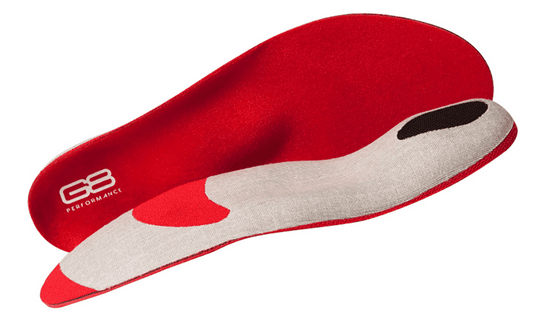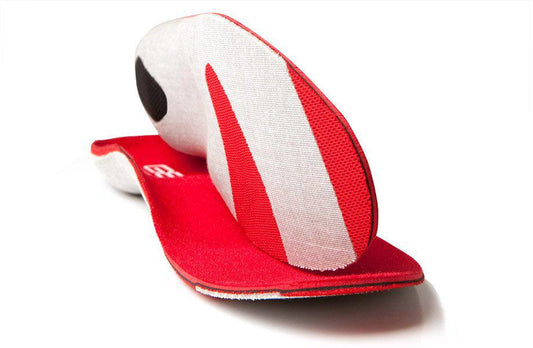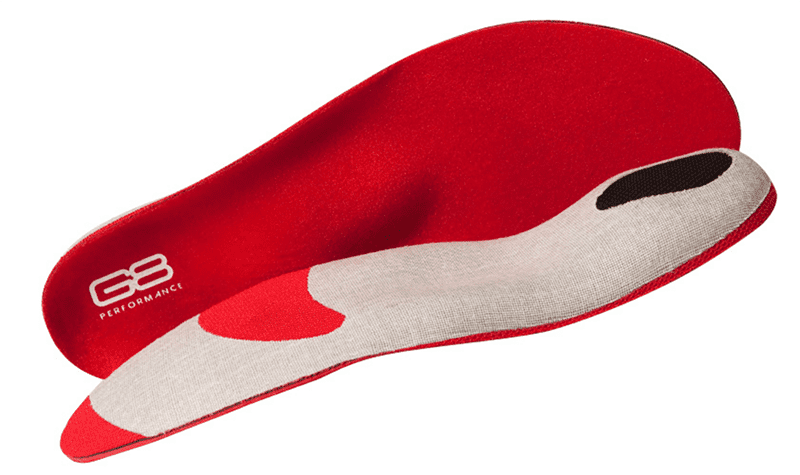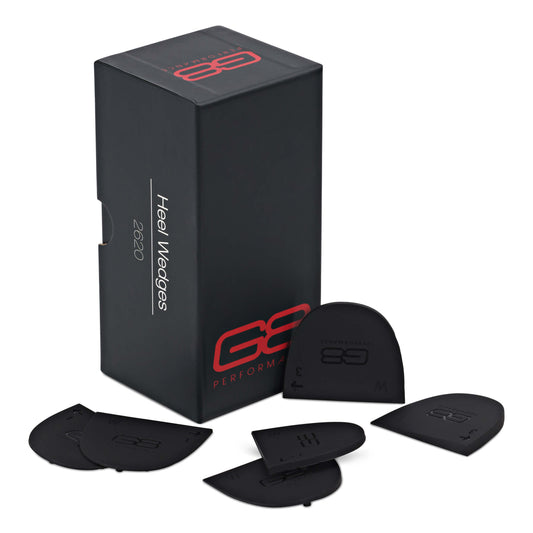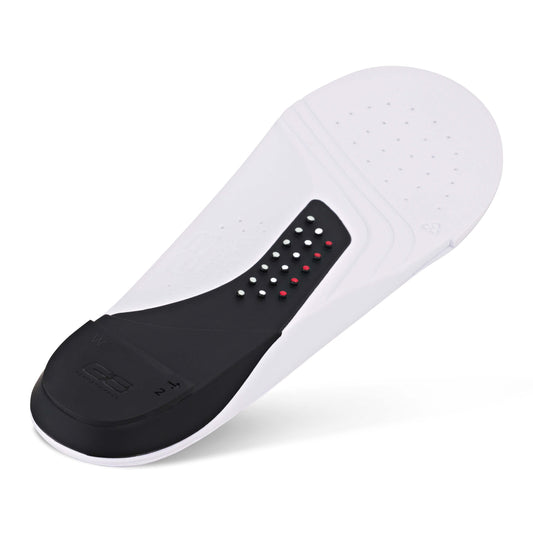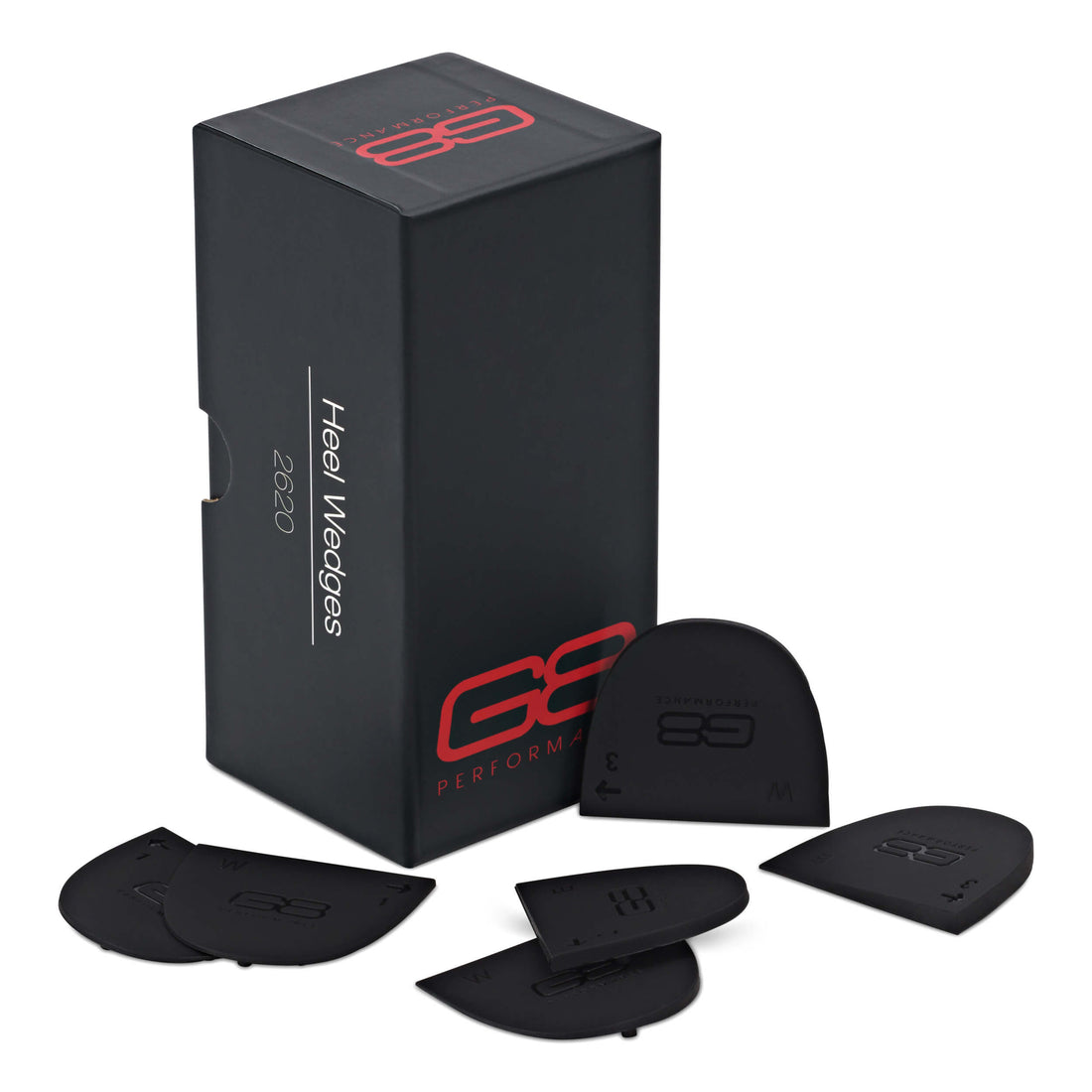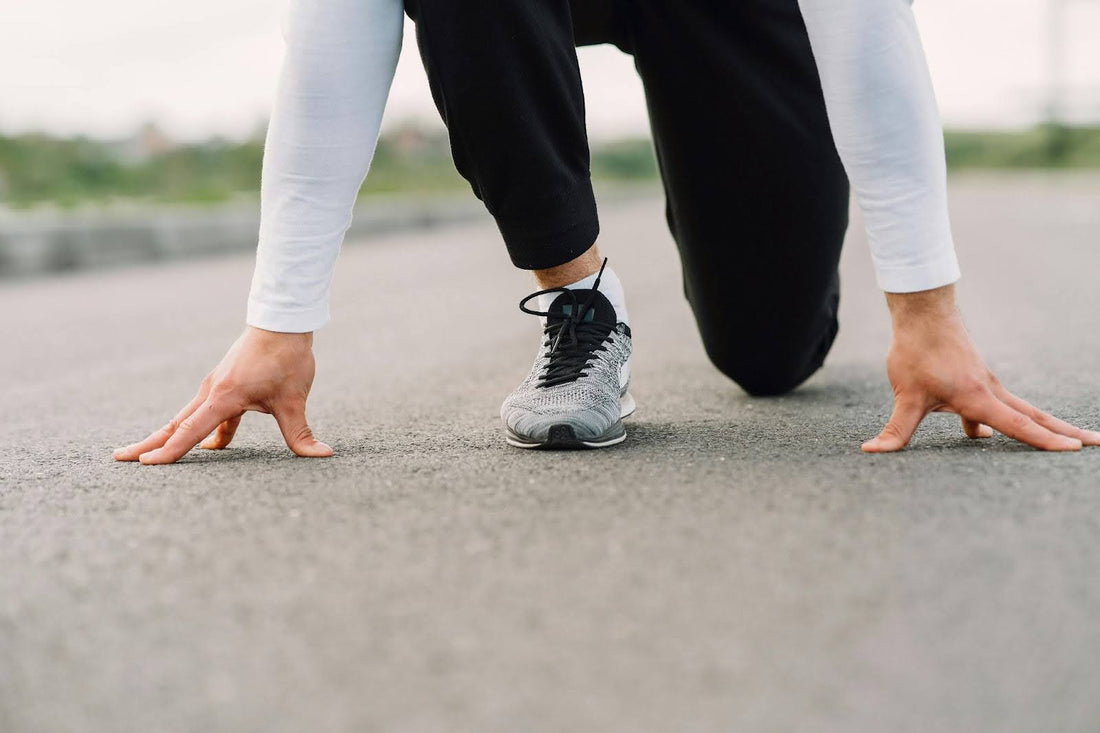
Forefoot Pain Explained: How G8 Metdomes Help Relieve Pain
What Is Forefoot Pain?
Forefoot pain refers to discomfort or aching in the front part of your foot — particularly in the area just behind the toes, known as the ball of the foot. This pain can range from a dull ache to sharp, burning sensations and may affect one or both feet.
People often describe it as:
- “Pain in the ball of the foot”
- “Sore ball of foot when walking”
- “Discomfort under the toes”
Whether you’re a cyclist, runner, or someone who spends a lot of time on your feet, forefoot pain can become a frustrating daily problem that limits your movement and performance.
What Causes Forefoot Pain?
There are several potential forefoot pain causes, and identifying the right one is key to long-term relief. Common contributors include:
- Compression of nerves or blood vessels in the ball of the foot
- Excess pressure during weight-bearing activity, such as walking, standing, or cycling
- Collapsed metatarsal arch or misalignment of the metatarsal bones
- Wearing narrow or unsupportive shoes
- Conditions like metatarsalgia, Morton’s neuroma, or dorsal forefoot pain
If you’ve noticed pressure, burning, or discomfort in the ball of your foot — especially during long rides or time on your feet — it’s often a sign of underlying biomechanical stress and nerve compression in the forefoot.
Why It Gets Worse Over Time
Ignoring early signs like a sore ball of foot or occasional numbness can lead to chronic issues. Repeated pressure and poor foot mechanics can cause:
- Ongoing inflammation in the metatarsal region
- Loss of sensation due to nerve compression
- Reduced blood flow and oxygenation in the foot
- Compensations in gait that affect the ankles, knees, and hips
Over time, forefoot pain doesn’t just stay in the foot — it affects how you move, how long you can stay active, and your overall comfort. And standard cushioning or generic insoles often don’t address the root cause.
How G8 Treats Forefoot Pain at the Source
Effective relief requires more than rest or painkillers. You need a solution that restores proper forefoot alignment, reduces ball of foot discomfort, and allows the foot to move naturally.
G8 Performance Metdomes™ are purpose-designed to lift and separate the metatarsal heads, restoring natural movement and relieving compression in the forefoot. Unlike standard foot pads or bulky inserts, G8 Metdomes™ promote passive stretching and target the exact area of discomfort.
- Helps relieve ball of foot pain and nerve-related symptoms like toe numbness and tingling
- Supports blood flow and nerve function
- Addresses both structural and sensory issues
- Repositions pressure away from sensitive zones
Read more about how Metdomes™ work to reduce compression and restore proper foot function.
Why G8 Metdomes™ Are Your First Step Toward Relief
If you’re experiencing forefoot pain — whether it’s a dull ache, pressure under your toes, or burning discomfort during walks or rides — G8 Metdomes™ are designed to address it at the source.
Metdomes™ can be placed directly under the 1st and 2nd metatarsal heads (just behind the toes) to encourage healthy movement and prevent further damage. These precision-engineered domes help restore healthy foot movement by relieving compression, supporting proper alignment, and reducing nerve stress.
When combined with the G8 Pro Series 2620 insoles, Metdomes™ provide targeted arch support and dynamic forefoot relief during all activities. They’re designed to work with G8’s Pro Series 2620 insoles for optimal arch support, foot alignment, and long-term comfort.
We design every G8 product to help your feet move more naturally, feel more connected, and perform with confidence.
For cyclists, forefoot pain and numbness are often made worse by the stiff structure of cycling shoes, which limit natural foot movement and restrict blood flow. The combination of G8’s Pro Series 2620 insoles and Metdomes™ works to counter this by restoring foot flexion and relieving forefoot pressure during each pedal stroke. Together, they stimulate circulation, reduce nerve compression, and help prevent the numbness and discomfort that can cut rides short.
Learn more about how this system improves comfort and performance in our in-depth guide to cycling insoles.
Support Matters in Every Sport — Even Skiing
While forefoot pain is common in daily activity and cycling, it can also show up in winter sports where foot alignment and support are critical. Ski boots are notoriously rigid, and without proper insole support, pressure on the forefoot and heel can lead to both pain and numbness.
If you’re preparing for the slopes, explore how G8 insoles help manage issues like plantar fasciitis and improve comfort in cold, high-impact conditions.
Your Next Step Toward Relief
Forefoot pain doesn’t have to be something you put up with. Whether it’s new discomfort or an issue that’s been building for years, the right support can make a lasting difference. G8’s Metdomes™, used in combination with our Pro Series 2620 insoles, form a system designed to relieve pressure, restore natural foot function, and reduce pain at the source.
Ready to take the next step? Learn more about the G8 Metdomes™ and start building a better foundation for your feet.
FAQs About Forefoot Pain
What causes forefoot pain?
Forefoot pain is often caused by compression of nerves and soft tissue in the ball of the foot, typically from poor alignment, tight footwear, or repetitive weight-bearing activity like walking, running, or cycling.
Can forefoot pain be fixed with insoles alone?
While insoles can help, lasting relief usually requires targeted forefoot support. That’s why G8’s Metdomes™, when combined with the Pro Series 2620 insoles, are designed to reduce pressure, support alignment, and restore natural movement.
Where should metatarsal domes be positioned?
Metdomes™ are placed under the ball of the foot between the metatarsal heads, typically between the 1st and 2nd or 2nd and 3rd metatarsal heads. This is the area directly behind the toes to offload pressure, promote natural foot flexion, and improve circulation. Learn more about placement here.
How long does it take to feel relief?
Most users feel a difference within the first few uses. With consistent wear, the system supports better mechanics and reduces forefoot pain over time.
